Reindeer Are The Only Mammals Whose Eyes Are Known To Change Colour, Going From A Gold In The Summer,


reindeer are the only mammals whose eyes are known to change colour, going from a gold in the summer, when the sun is a constant presence in the arctic, to a less reflective blue in the near perpetually dark winter months.
in dark conditions, muscles in your irises contract to dilate your pupils and allow more light into your eyes. when it’s bright again, the irises widen and the pupils shrink. the same thing happens in reindeer, but the arctic winter forces their pupils dilate for months at a time.
this constant effort to stay dilated ends up blocking the small vessels that drain fluid out of the eyes, which causes pressure to build up. this in turn compresses the collagen fibers that make up tapetum - a mirrored layer that sits behind the retina (seen in the second photo).
when compressed, these fibers in the eye reflect blue wavelengths of lights instead of the yellow which accompanies a typical spacing of the fibers, as in summer. (photos x, x)
More Posts from Smartler and Others


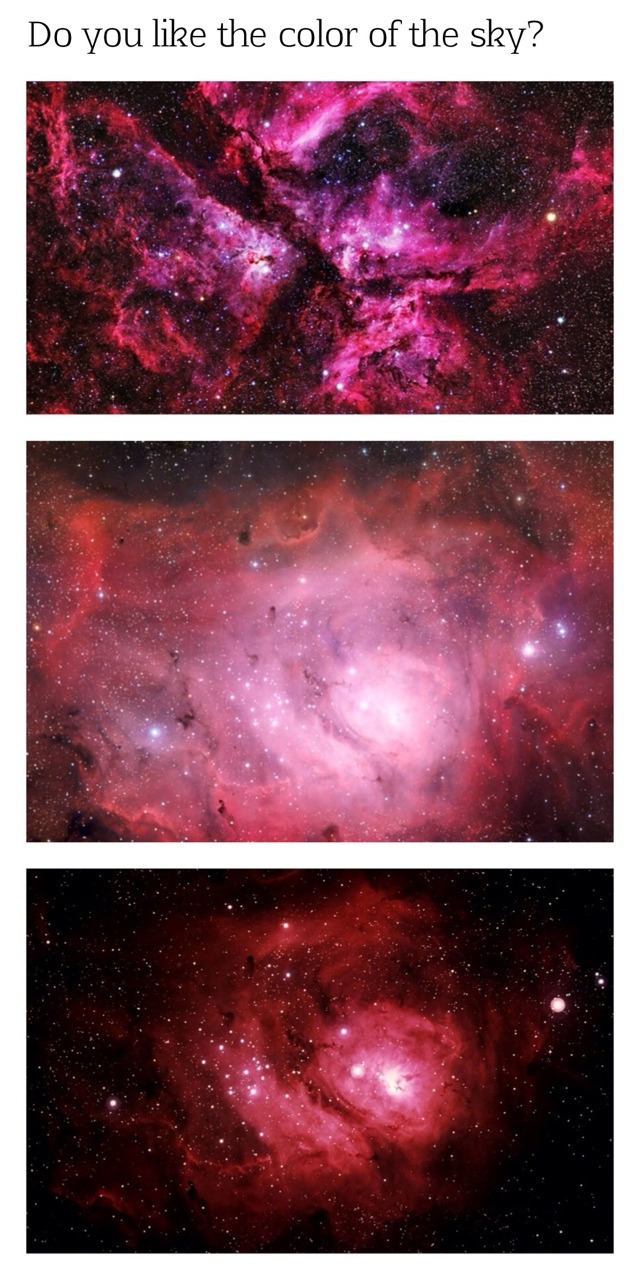
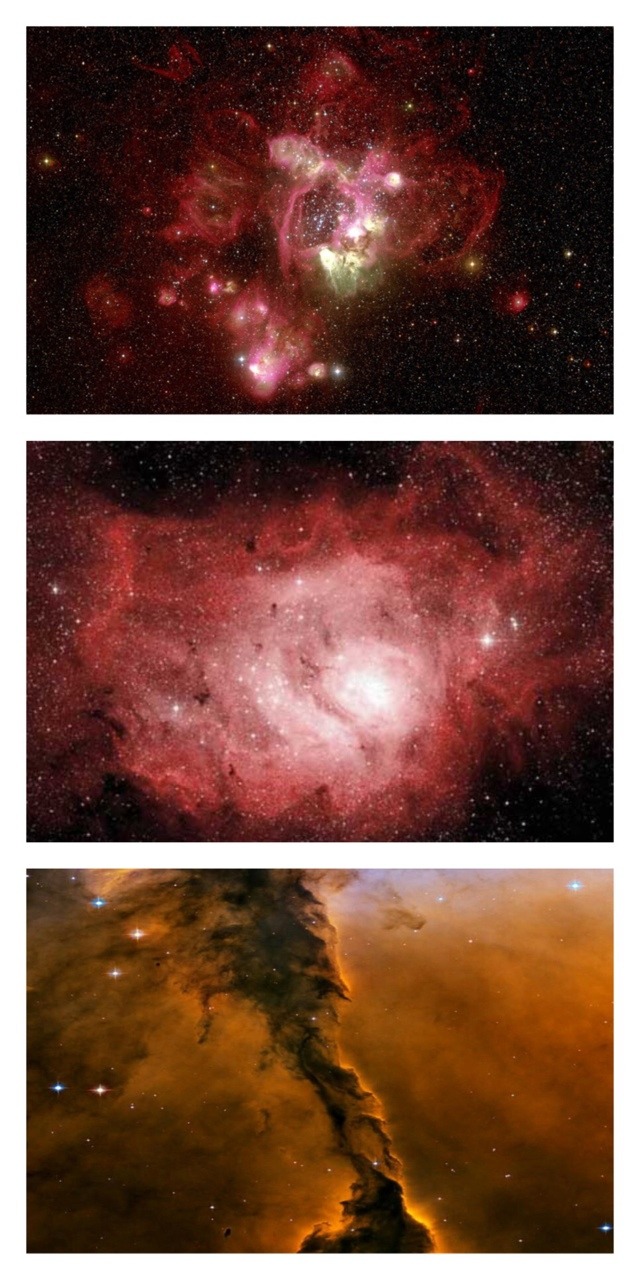
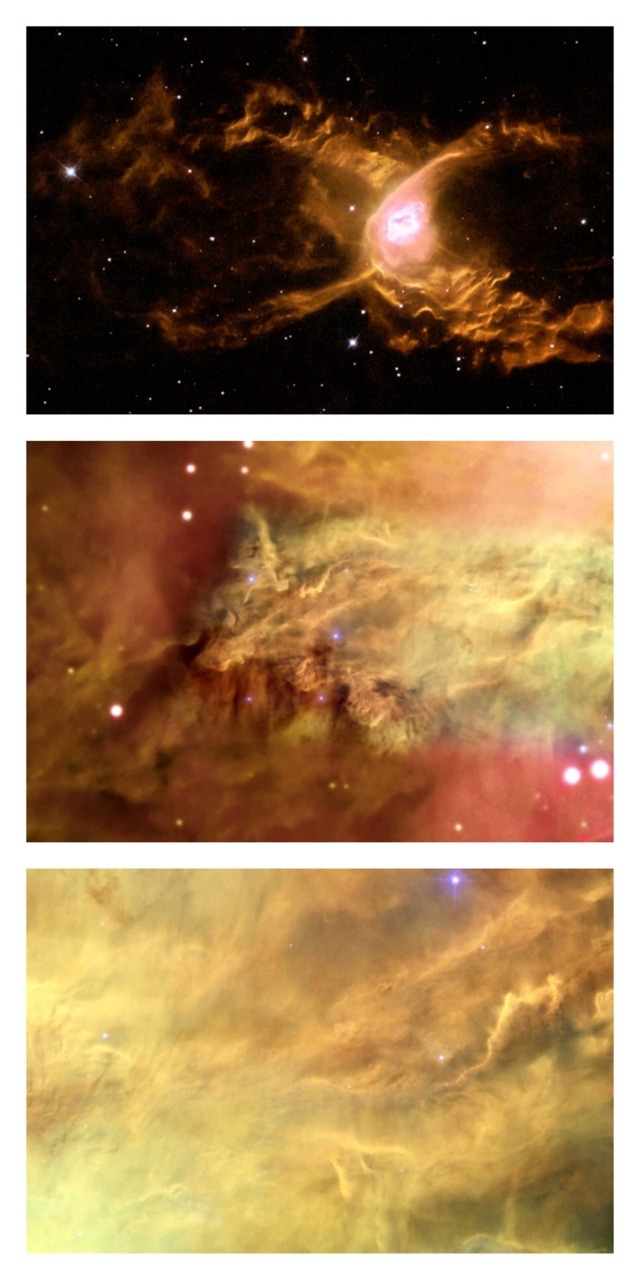
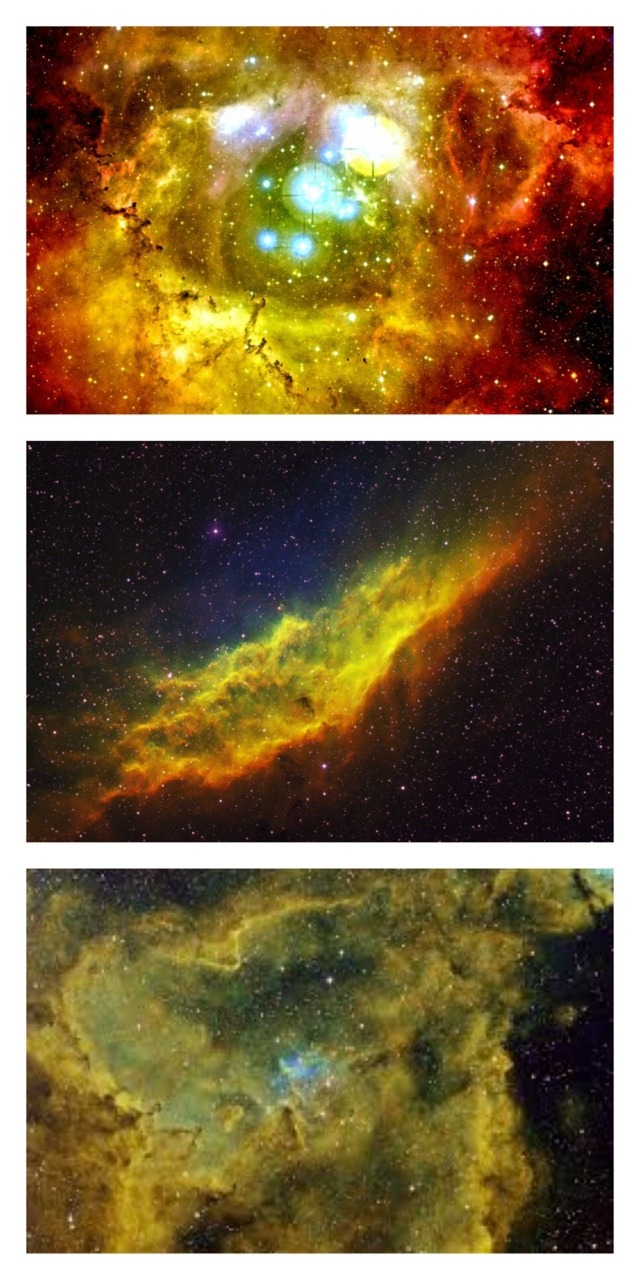
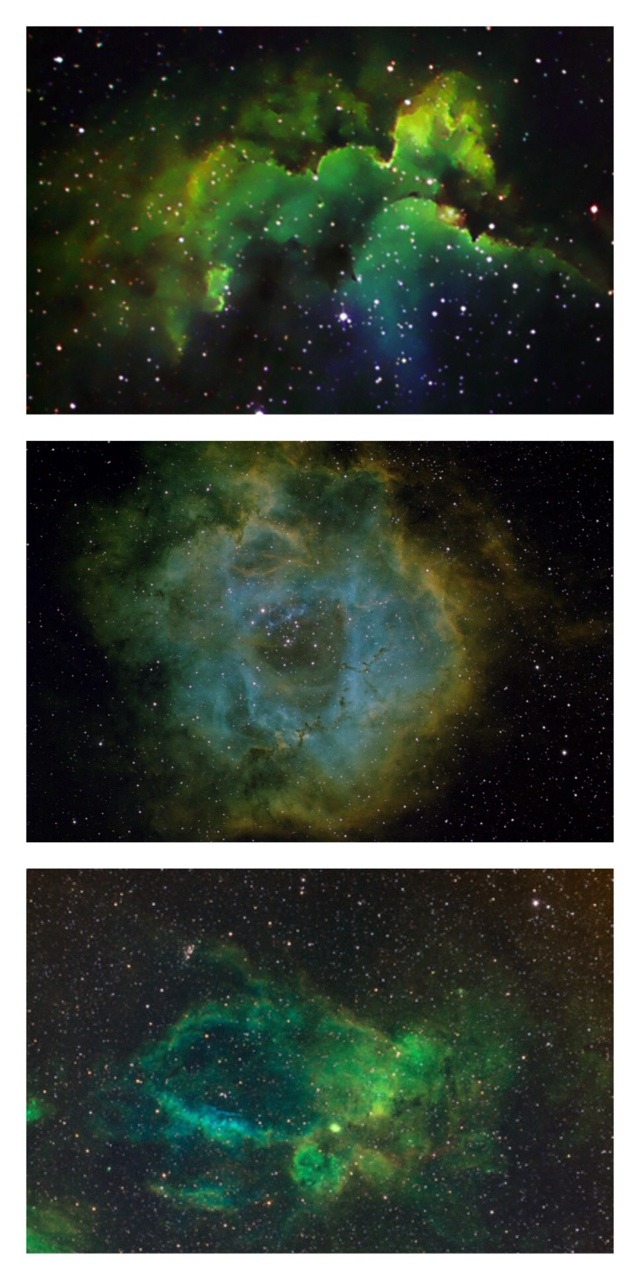
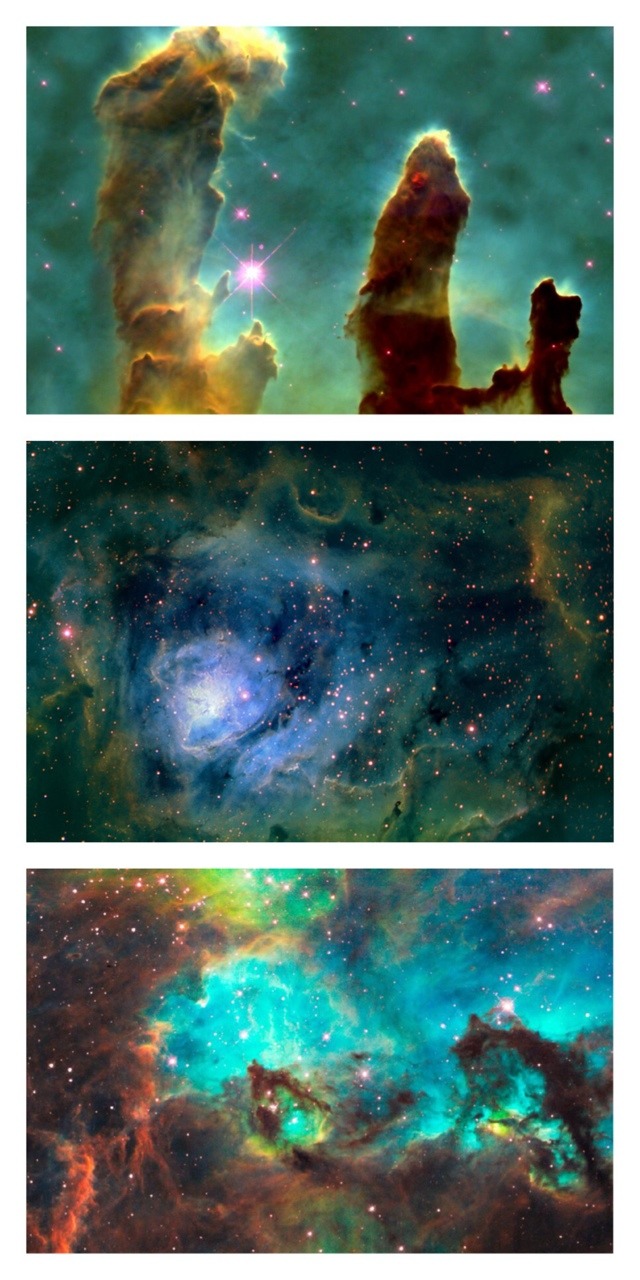
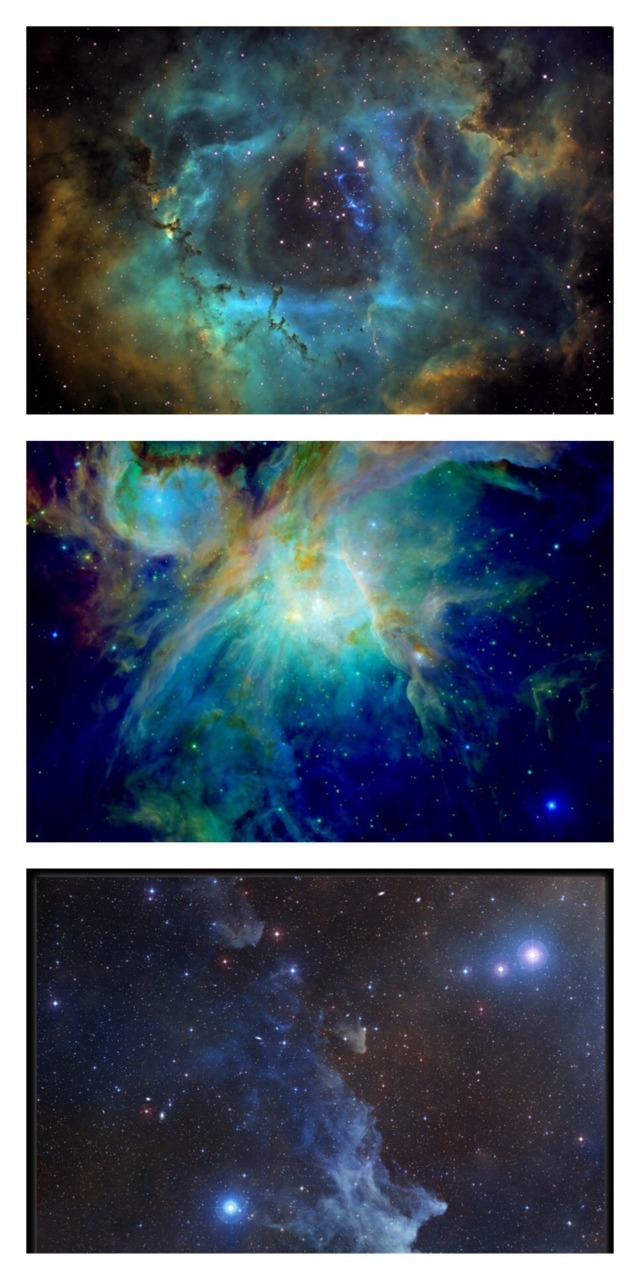
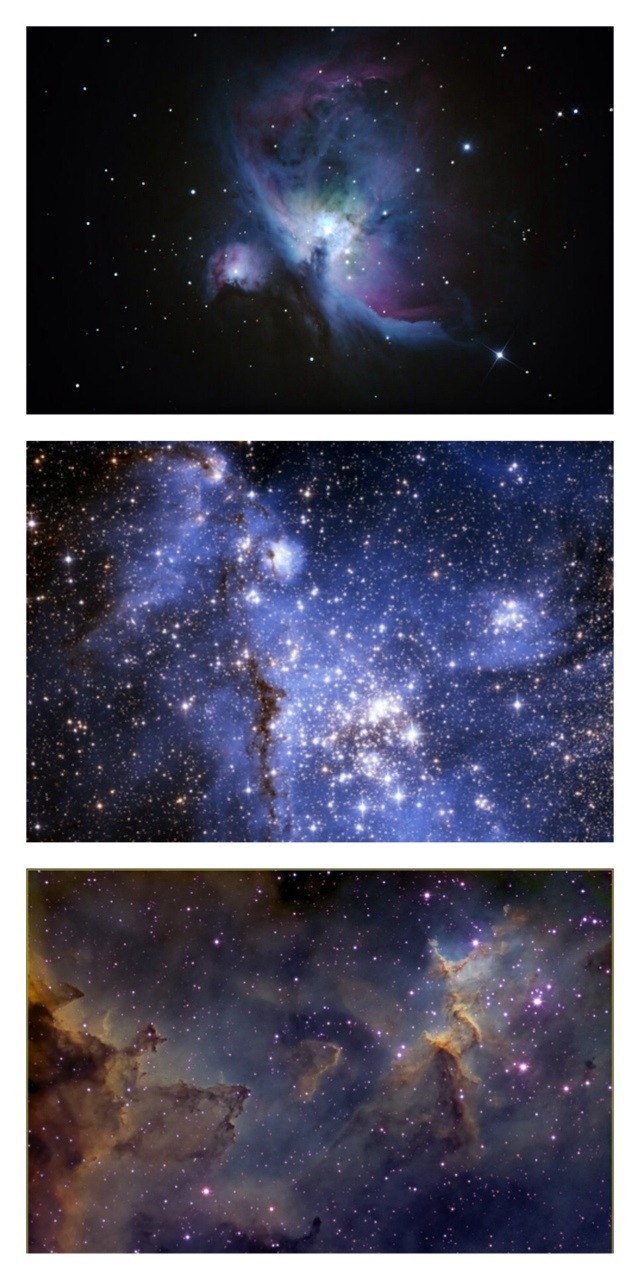
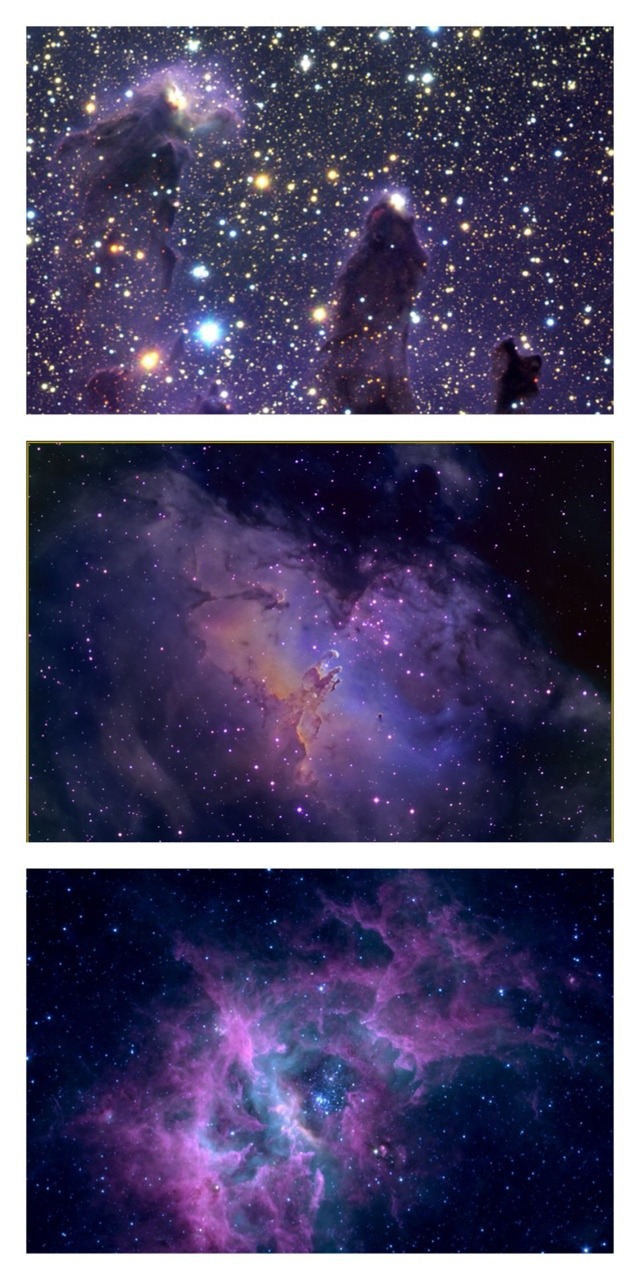
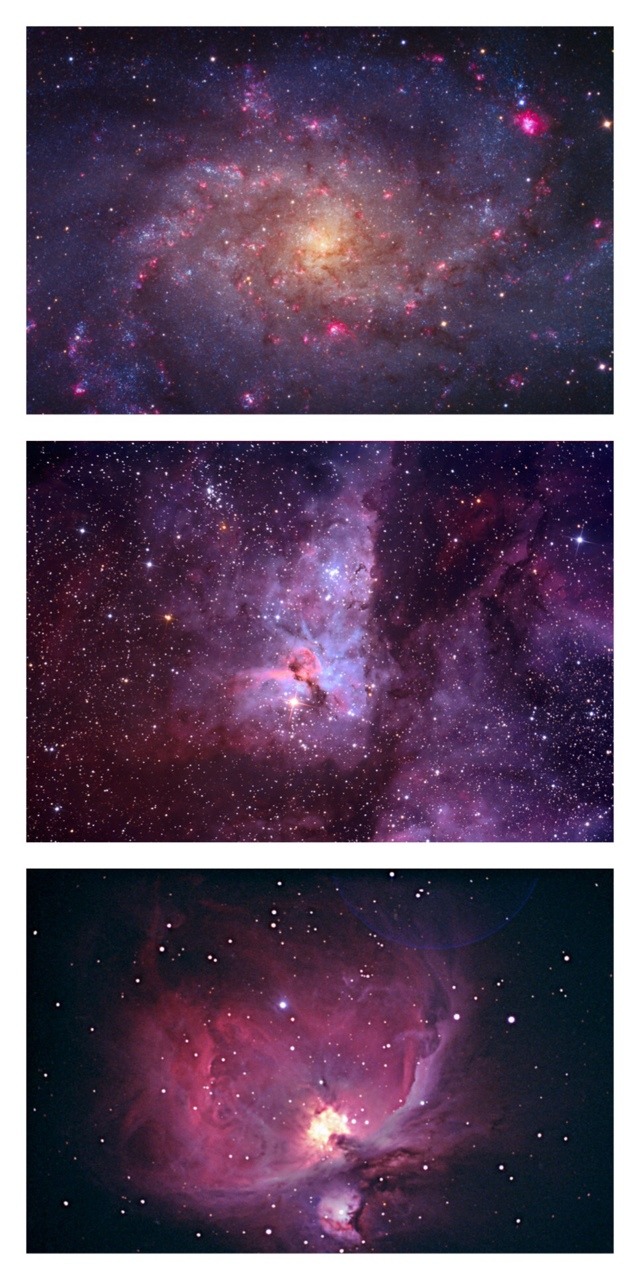
Go big or go home
My “Clean” Piano Cover (Originally by Taylor Swift)
Chasing Storms at 17,500mph
Flying 250 miles above the Earth aboard the International Space Station has given me the unique vantage point from which to view our planet. Spending a year in space has given me the unique opportunity to see a wide range of spectacular storm systems in space and on Earth.
The recent blizzard was remarkably visible from space. I took several photos of the first big storm system on Earth of year 2016 as it moved across the East Coast, Chicago and Washington D.C. Since my time here on the space station began in March 2015, I’ve been able to capture an array of storms on Earth and in space, ranging from hurricanes and dust storms to solar storms and most recently a rare thunder snowstorm.
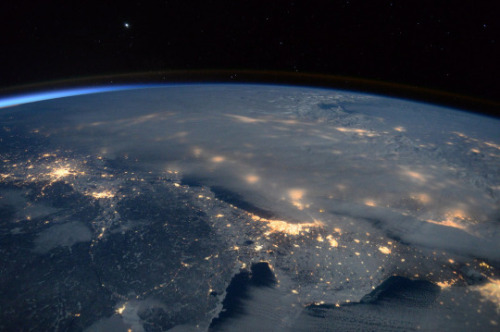
Blizzard 2016
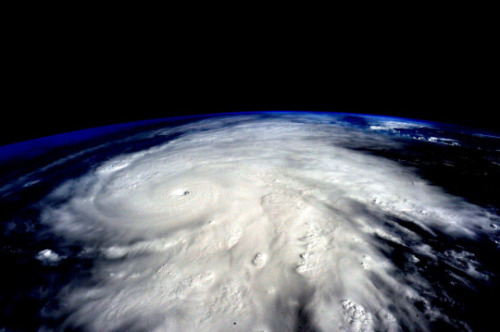
Hurricane Patricia 2015
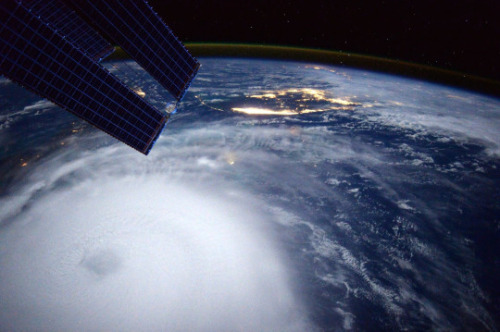
Hurricane Joaquin 2015
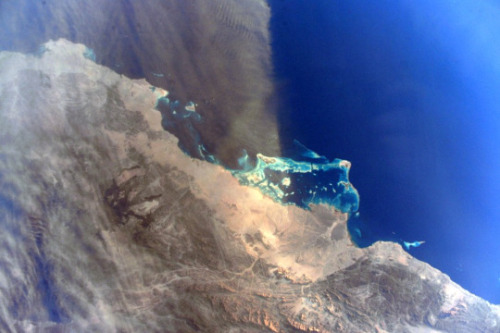
Dust Storm in the Red Sea 2015

Dust Storm of Gobi Desert 2015
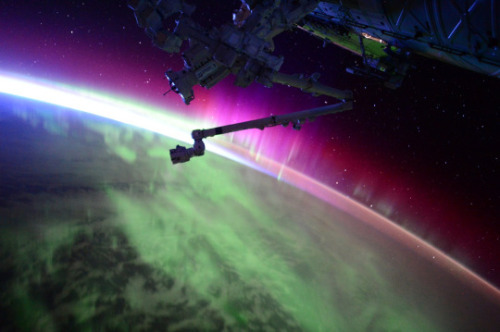
Aurora Solar Storm 2015
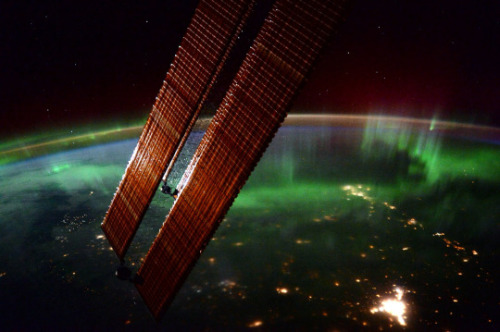
Aurora Solar Storm 2016
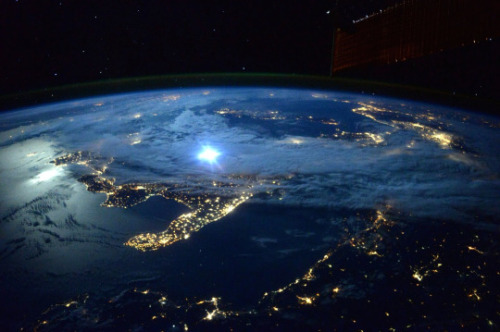
Thunderstorm over Italy 2015
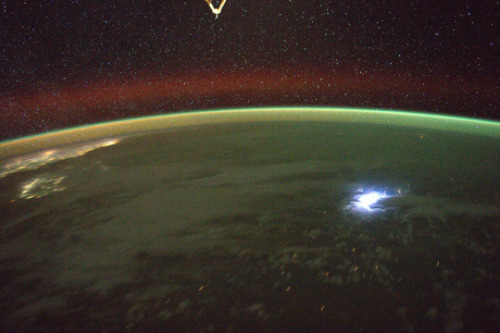
Lightning and Aurora 2016
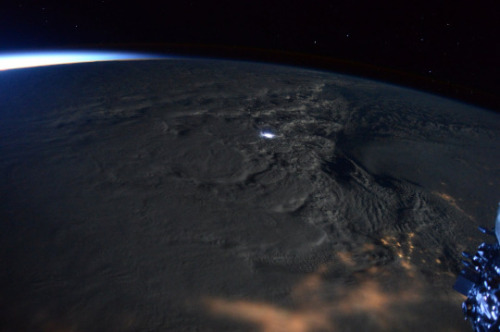
Rare Thunder Snowstorm 2016
Follow my Year In Space on Twitter, Facebook and Instagram.




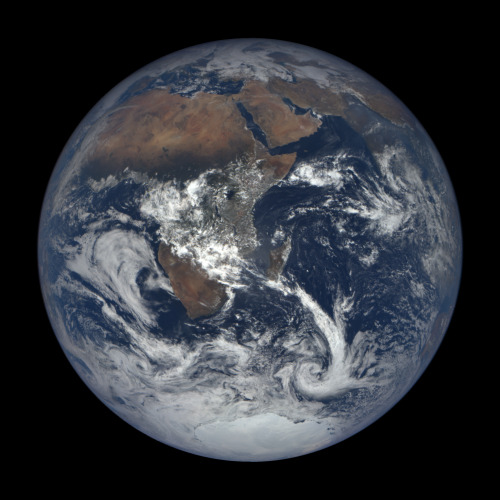

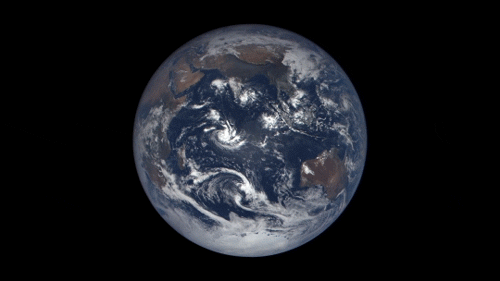
43 years ago, on December 7, 1972, the crew of Apollo 17 snapped a shot of the nearly fully illuminated Earth on their way to the moon. It became an iconic image representing Earth’s frailty and the global activist movements of the 70s.
Since then, no human has been far enough away from Earth to capture the entire globe. But thanks to a satellite called the Deep Space Climate Observatory (DSCOVR) we can now see up to date new blue marble-esque images almost every day.
The satellite monitors solar wind and solar magnetic storms to help scientists better forecast severe space weather events that can actually knock out power here on earth. It sits some 900,000 miles away from earth at Lagrangian Point 1, a place in space the pull of the earth and the sun balance each other out and a satellite can maintain a stable position.
On board, NASA’s Earth Polychromatic Imaging Camera (EPIC) is perpetually staring back at Earth, capturing images of our planet and beaming them home. You can see them at this website.
fyeahastropics:
THAT STAR IS NOT DEAD.
Im sure you’ve seen the post or heard the quote “when you wish upon a star, technically that star is a million light years away and it’s already dead, just like your dreams”
This is false. That star is not dead, it is not millions of light years away! the Milky Way galaxy is 100,000 light years across, so the oldest light reaching us from a star in our galaxy would be less than 100,000 years old (because we aren’t on the very edge). Stars live for millions and billions of years! Sure that supernova we viewed from another galaxy is from a star that had been dead for ages, but the stars you see at night are much closer and very much still burning brightly!
The light you are seeing of a star is old, but the star itself is not dead and neither are your dreams!
-this has been a slightly uplifting rant by janestreetdog (who is peeved by this misconception)
When you wish upon a star
What Have We Learned About Pluto?
Earlier this year on July 14, our New Horizons spacecraft successfully flew by Pluto. During this encounter, it collected more than 1,200 images of the dwarf planet and tens of gigabits of data. The intensive downlinking of this information began on Sept. 5, and will continue for around a year. With the information being returned for the duration of a year, we still have a lot more to learn about Pluto. Here are a few things we’ve discovered so far:
Pluto’s Heart

An image captured by New Horizons around 16 hours before closest approach displays Pluto’s “heart”. This stunning image of one of the planet’s most dominate features shows us that the heart’s diameter is about the same distance as from Denver to Chicago. This image also showed us that Pluto is a complex world with incredible geological diversity.
Icy Plains

Pluto’s vast icy plain, informally called Sputnik Planum, resembles frozen mud cracks on Earth. It has a broken surface of irregularly-shaped segments, bordered by what appear to be shallow troughs. In other areas, the surface appears to be etched by fields of small pits that may have formed by a process called sublimation, which is when ice turns directly from solid to gas, just as dry ice does on Earth.
Majestic Mountains

Images from the spacecraft display chaotically jumbled mountains that only add to the complexity of Pluto’s geography. The rugged, icy mountains are as tall as 11,000 feet high.
Color Variations

This high-resolution enhanced color view of Pluto combines, blue red and infrared images taken by the New Horizons spacecraft. The surface of the dwarf planet has a remarkable range of subtle color variations. Many landforms have their own distinct colors, telling a complex geological and climatological story of the planet.
Foggy Haze and Blue Atmosphere

Images returned from the New Horizons spacecraft have also revealed that Pluto’s global atmospheric haze has many more layers than scientists realized. The haze even creates a twilight effect that softly illuminates nightside terrain near sunset, which makes them visible to the cameras aboard the spacecraft. Today, a new announcement was made about Pluto’s atmosphere after the most recent image returned from New Horizons showed that Pluto’s hazes are blue. The haze particles themselves are likely gray or red, but they way they scatter blue light has created this tint.
Water Ice

In another finding announced today, New Horizons has detected numerous small, exposed regions of water ice on Pluto. Scientists are eager to understand why water appears exactly where it does, and not in other places.
Stay updated on New Horizons findings by visiting the New Horizons page. You can also keep track of Pluto News on the New Horizons Blog.
Make sure to follow us on Tumblr for your regular dose of space: http://nasa.tumblr.com
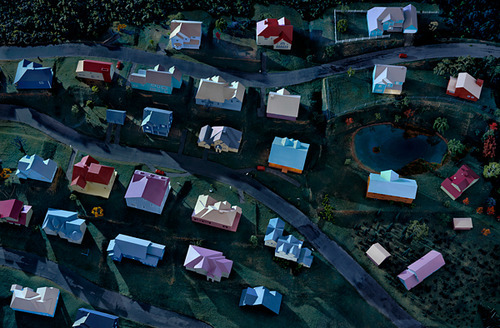
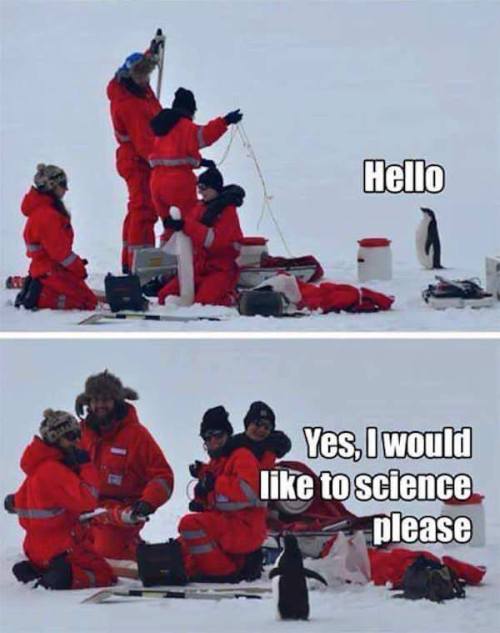
-
 irisofceylonphotography liked this · 2 months ago
irisofceylonphotography liked this · 2 months ago -
 itstoodreamy reblogged this · 2 months ago
itstoodreamy reblogged this · 2 months ago -
 itstoodreamy liked this · 2 months ago
itstoodreamy liked this · 2 months ago -
 helki-kome liked this · 3 months ago
helki-kome liked this · 3 months ago -
 orchisfatalis reblogged this · 2 years ago
orchisfatalis reblogged this · 2 years ago -
 saucephobia reblogged this · 2 years ago
saucephobia reblogged this · 2 years ago -
 sirstickybuddy liked this · 2 years ago
sirstickybuddy liked this · 2 years ago -
 baklavagyna liked this · 2 years ago
baklavagyna liked this · 2 years ago -
 peach--flesh reblogged this · 2 years ago
peach--flesh reblogged this · 2 years ago -
 ammafe liked this · 2 years ago
ammafe liked this · 2 years ago -
 eterniteeth liked this · 2 years ago
eterniteeth liked this · 2 years ago -
 glisteringlord reblogged this · 2 years ago
glisteringlord reblogged this · 2 years ago -
 glisteringlord liked this · 2 years ago
glisteringlord liked this · 2 years ago -
 gothlcc reblogged this · 2 years ago
gothlcc reblogged this · 2 years ago -
 theultramangus liked this · 3 years ago
theultramangus liked this · 3 years ago -
 jungrl liked this · 3 years ago
jungrl liked this · 3 years ago -
 caravaggio12 reblogged this · 3 years ago
caravaggio12 reblogged this · 3 years ago -
 caravaggio12 liked this · 3 years ago
caravaggio12 liked this · 3 years ago -
 mmlemonworld liked this · 3 years ago
mmlemonworld liked this · 3 years ago -
 mrxvonpallero reblogged this · 4 years ago
mrxvonpallero reblogged this · 4 years ago -
 captainkaithr reblogged this · 4 years ago
captainkaithr reblogged this · 4 years ago -
 somecreatureofnull reblogged this · 4 years ago
somecreatureofnull reblogged this · 4 years ago -
 somecreatureofnull liked this · 4 years ago
somecreatureofnull liked this · 4 years ago -
 haltiamieli liked this · 4 years ago
haltiamieli liked this · 4 years ago -
 the-sam-sam liked this · 4 years ago
the-sam-sam liked this · 4 years ago -
 took-the-midnight-train liked this · 4 years ago
took-the-midnight-train liked this · 4 years ago -
 loveitorreblogit reblogged this · 4 years ago
loveitorreblogit reblogged this · 4 years ago -
 maximumsnow liked this · 4 years ago
maximumsnow liked this · 4 years ago -
 yokobai liked this · 4 years ago
yokobai liked this · 4 years ago -
 punkhalloweenpumpkin liked this · 4 years ago
punkhalloweenpumpkin liked this · 4 years ago -
 mirurnas reblogged this · 4 years ago
mirurnas reblogged this · 4 years ago -
 shinondraws reblogged this · 4 years ago
shinondraws reblogged this · 4 years ago -
 kozykoz liked this · 4 years ago
kozykoz liked this · 4 years ago -
 neonstaar liked this · 4 years ago
neonstaar liked this · 4 years ago -
 mournmourn reblogged this · 4 years ago
mournmourn reblogged this · 4 years ago -
 wulfbby reblogged this · 4 years ago
wulfbby reblogged this · 4 years ago -
 katoprofen liked this · 4 years ago
katoprofen liked this · 4 years ago -
 kuopanpohja reblogged this · 4 years ago
kuopanpohja reblogged this · 4 years ago -
 marpar12 reblogged this · 5 years ago
marpar12 reblogged this · 5 years ago -
 eclipsedbythe-moon reblogged this · 5 years ago
eclipsedbythe-moon reblogged this · 5 years ago -
 vibecheque liked this · 5 years ago
vibecheque liked this · 5 years ago -
 onme111 liked this · 5 years ago
onme111 liked this · 5 years ago -
 nemirdes liked this · 5 years ago
nemirdes liked this · 5 years ago